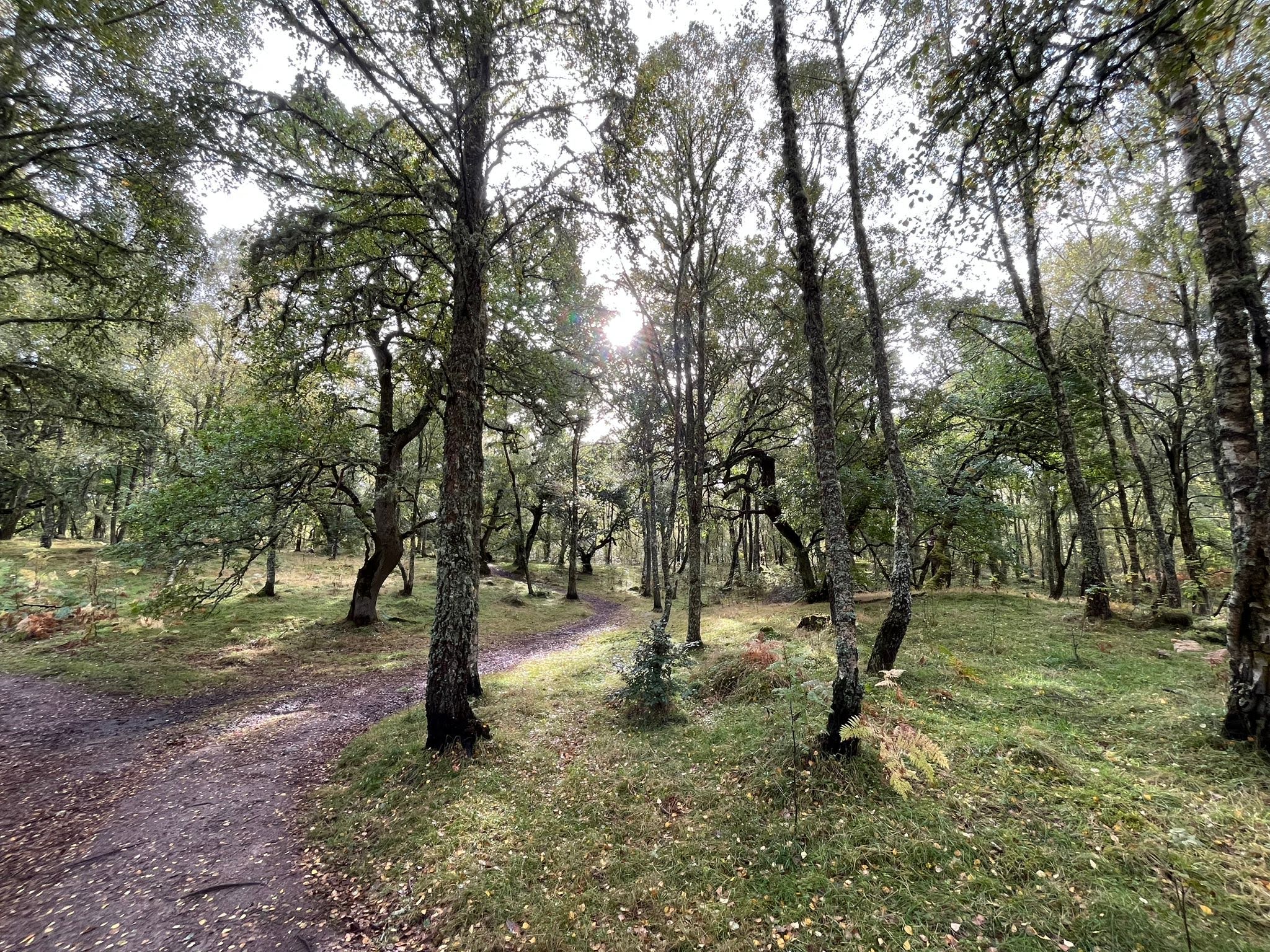Since its launch in 2012, the Defra Statutory Biodiversity Metric has gained recognition and trust among ecologists and businesses as a tool for measuring biodiversity gain.
The Metric was used to underpin financial transactions in England even before its use in development became statutory in February 2024, and its track record and flexibility means it is also already being used in Scotland, where a free market in biodiversity is developing.
NatureScot has been consulting on amendments to the metric for a Scottish context and is seeking responses by 10 May. Galbraith fed into this consultation based on our experience on the ground.
An all-purpose metric
It is important that NatureScot recognise that the metric is likely to be used more widely than for its designed purpose within the planning system. For example it can be used to measure bundled habitat benefit within a carbon or water project, or to measure ‘inset’ benefit in farm or forestry supply chains.
Once one metric has credibility, it is difficult for alternatives to gain momentum as they tend to be more expensive for project developers and ecologists to use; and not recognised in the corporate world. The review process should assess the risks of unintended negative consequences if it is used beyond the specific purpose for which it was designed, and the value of ensuring that metric is flexible enough to be used as the general-purpose biodiversity metric which its name implies.
Integrated land use
An issue which NatureScot have already identified is that the most distinctive habitats – such as peatland or some woodlands – should be scoreable in the Scottish Metric. In the English Metric these were excluded on the basis that developers should not be destroying these at all. However, this means that landowners cannot be paid under the Metric to improve these. Galbraith would support this change which would benefit projects we are developing.
However, another issue with the English metric which NatureScot have not yet proposed to consider, is that farm and forestry cropland habitats, gardens, and other highly managed habitats, are also excluded from the Metric, although a network of features such as margins and hedgerows may run through them.
This means any work by farmers to build soil quality and invertebrate populations, or by foresters to improve structural diversity and deadwood, counts for nothing, although the biodiversity benefits of such actions are widely recognised and can enhance the whole site. Without these, biodiversity credits cannot underpin the transformational funding needed to deliver holistic, regenerative, change on land which meets our material needs. Instead, biodiversity and production are mapped and conceptualised as fundamentally opposed.
All habitats, from best to worst, and wildest to most human, should be included in the metric to maxmise its application and put all land managers on a level playing field of opportunity.
Habitats and wildlife
The consultation paper proposes developing species-based metrics as well as the habitat-based ones used in the Defra metric. Measuring wading birds, invertebrates, songbirds would be valuable enrichment to the metric, and draw on techniques already being used by project developers such as audio birdsong monitoring or eDNA sampling. However, developing these before launch would delay a metric which is urgently needed. We proposed branding the initial metric a habitat metric, with a view to developing a companion wildlife metric in future, as two parts of a complete Scottish biodiversity metric.
The risk of Leakage
Galbraith’s response highlights an important risk factor missing from the English metric: leakage. Taking farm or forestry cropland out of production to create low-distinctiveness biodiversity habitat could have a detrimental effect on biodiversity if it pushed production onto irreplaceable habitat globally.
The metric should quantify this by looking at quantity of crop produced, trends in global demand, and risk of biodiversity impact elsewhere due to displaced production.
Start – and keep going
Since the English Metric is already in use in Scotland, the urgent priority is to address elements unique to Scottish ecology, such as the distinction between a commercial conifer plantation and an ancient Caledonian pine forest.
However, it will be a missed opportunity if the revision process does not schedule in addressing the significant limitations and risks of the English Metric, which could give Scotland a functioning, practical, trusted, holistic and change-making biodiversity metric in a fraction of the 12 years it has taken to develop the system in England.
- Natural Capital: Galbraith’s expert advisers guide our clients in realising value in all land uses – by assessing and measuring natural assets, furthering opportunities in biodiversity net gain, and ensuring stakeholders are rewarded fully for their investment in and contribution to delivering ecosystem services and net-zero outcomes.
